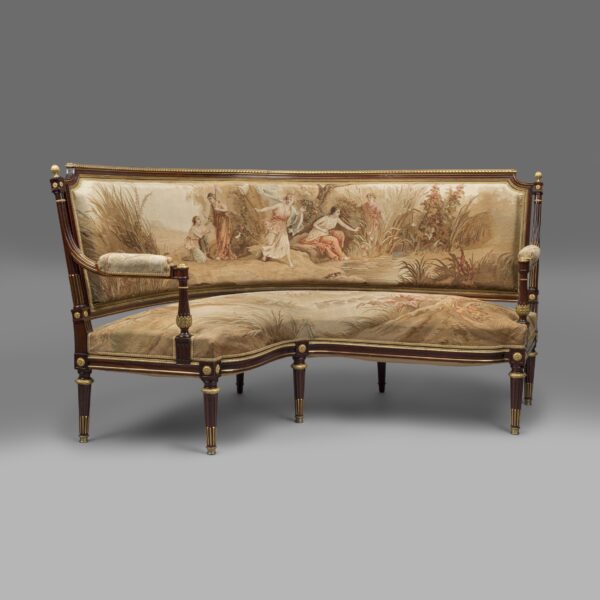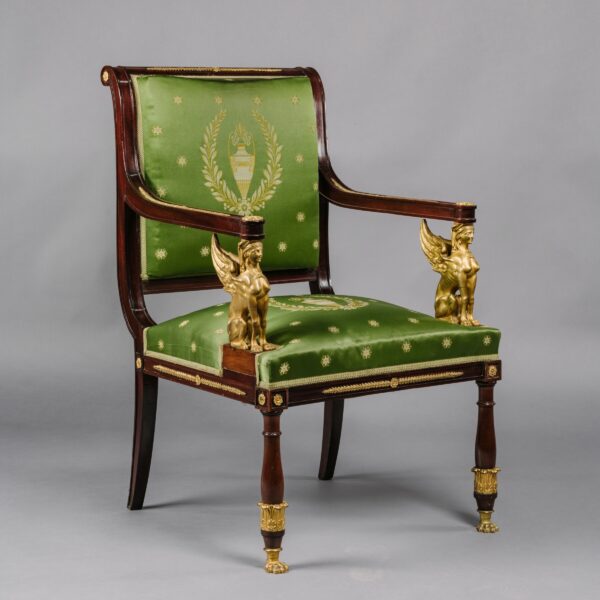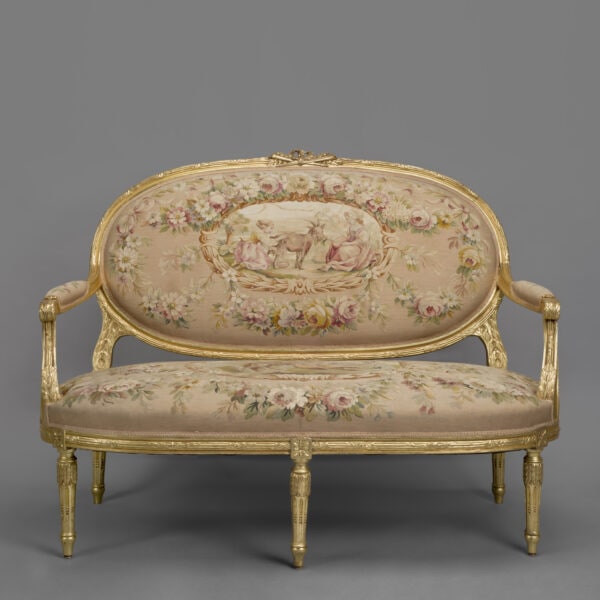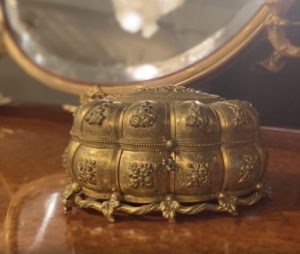Joseph Hoffman
Un par de sillones "Buenos Aires" de Jacob & Joseph Kohn, diseñados por Joseph Hoffman (1870-1956), modelo número 675
£27,000
A Pair Of ‘Buenos Aires’ Armchairs By Jacob & Joseph Kohn, Designed by Joseph Hoffman (1870-1956), Model Number 675., Austria, Circa 1910
Dimensiones
Height: 71 cm (28 in)Width: 78 cm (31 in)
Depth: 75 cm (30 in)
Descripción
A Pair Of ‘Buenos Aires’ Armchairs By Jacob & Joseph Kohn, Designed by Joseph Hoffman (1870-1956), Model Number 675.
Upholstered in buttoned and close-nailed green silk velvet by Le Manach, Paris, each with maker label to the underside
Austria, Circa 1910.
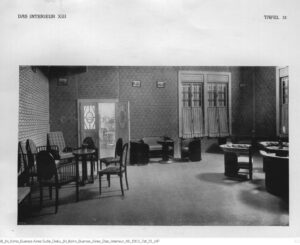
Das Interieur, XII, 1911, plate 31; G. Renzi, Il mobile moderno, Gebrüder Thonet Vienna, Jacob & Josef Kohn, Milan, 2008, pp. 172.
Jacob & Josef Kohn
Jacob Kohn (1791–1866) together with his son Josef Kohn (1814–1884) founded J. & J. Kohn in Vienna in 1849 and it became one of the leading furniture manufacturers in Austria-Hungary and They established salerooms all over Europe and North America. All of their bentwood furniture was made from Austrian Beech wood and was available in many finishes and colors. Their earliest designs were in the Art Nouveau style and Kohn worked with artists of the Wiener Werkstätte, notably the architect Josef Hoffmann in the design of many pieces.
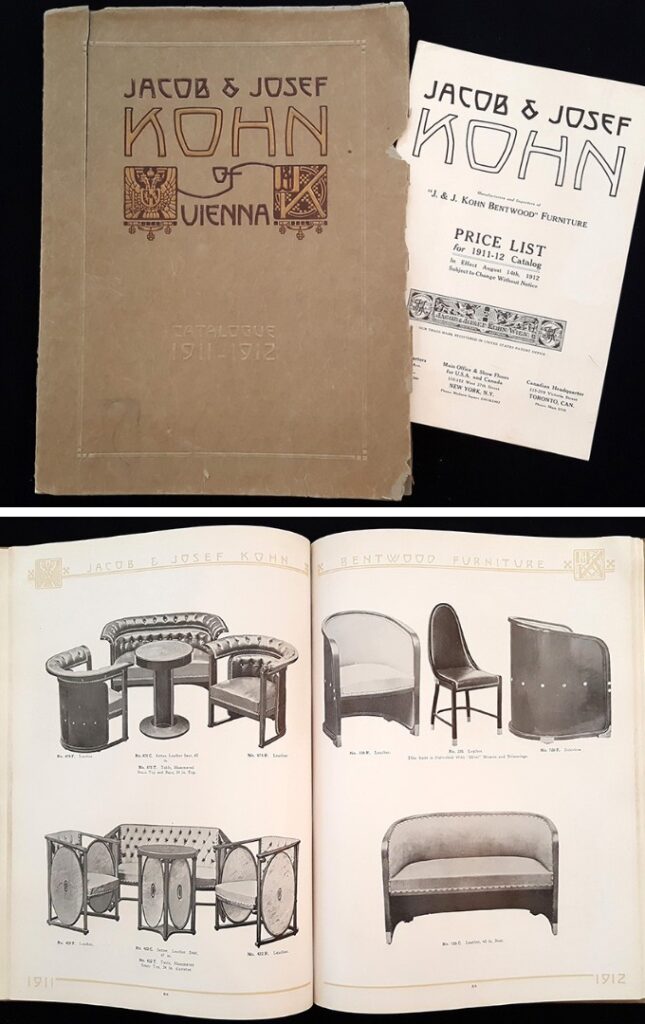
Jacob & Josef Kohn of Vienna, catalogue, 1911-1912.
Fecha
Alrededor de 1910
Origen
Austria
Medio
Wood
Firma
Maker label to the underside
Austrian architect and designer Joseph Hoffman (1870-1956) was born in Pirnitz, Moravia, now in Czech Republic. Hoffman was among the founders of Vienna Secession and co-established the Wiener Werkstätte association which brought together architects, designers and artisans and pioneered modern design in the applied arts. Hoffman studied under Otto Wagner in Vienna and in 1897 numbered among the rebellious founders of the Vienna Secession, though he resigned in 1905 along Wagner and Klimt over a dispute of priorities.
In 1899 Hoffman began to teach at the Kunstgewerbeschule, now the University of Applied Arts Vienna, and designed the Eighth Secessionist Exhibition which was open to international exhibitors and included works by Charles Rennie Mackintosh. In 1900 Hoffman designed the Vienna arts exhibition for the 1900 Paris Exposition universelle. Thereafter Hoffman’s style began to evolve away from earlier Art Nouveau influences and increasingly embrace geometric lines along a quadratic theme as exemplified by his masterpiece, the monumental yet elegant Stoclet House (1905) in Brussels, where his use of straight lines, rectangles and squares create foreshadows the Art Deco. Hoffmann went on to design the Austrian pavilions for the 1914 Deutscher Werkbund Exhibition in Cologne and for the 1934 Venice Biennale. In 1920 he was appointed city architect of Vienna, and in 1924 and 1925 he carried out various housing projects for the city.
With François-Joseph Graf.
So called ‘Buenos Aires’ armchair in reference to this model shown on the stand of Jacob & Josef Kohn at the 1910 Buenos Aires International Exhibition. The model is recorded in the Kohn catalogues as early as 1906.
Das Interieur, XII, 1911, plate 31; G. Renzi, Il mobile moderno, Gebrüder Thonet Vienna, Jacob & Josef Kohn, Milan, 2008, pp. 172 f
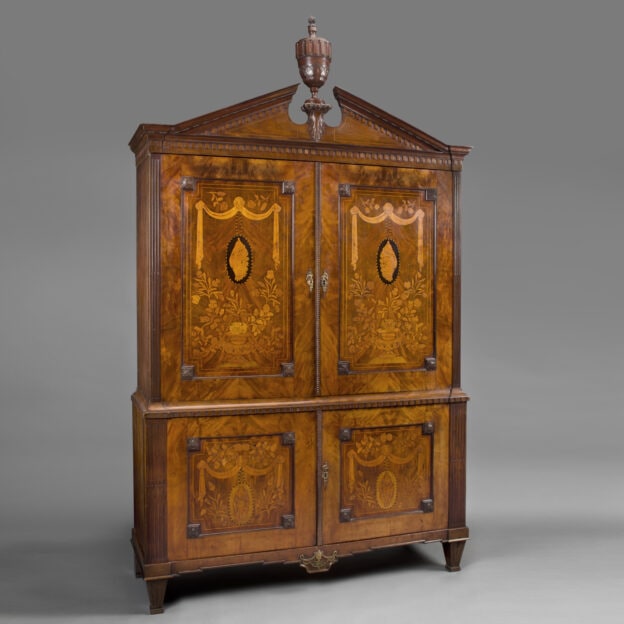




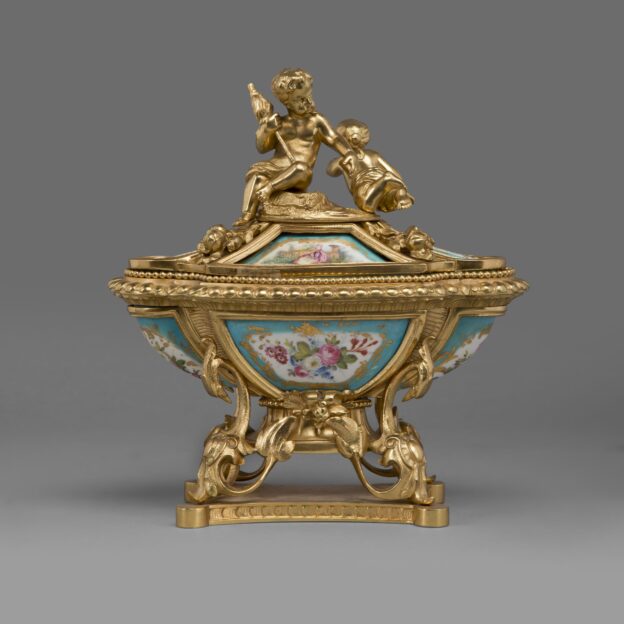
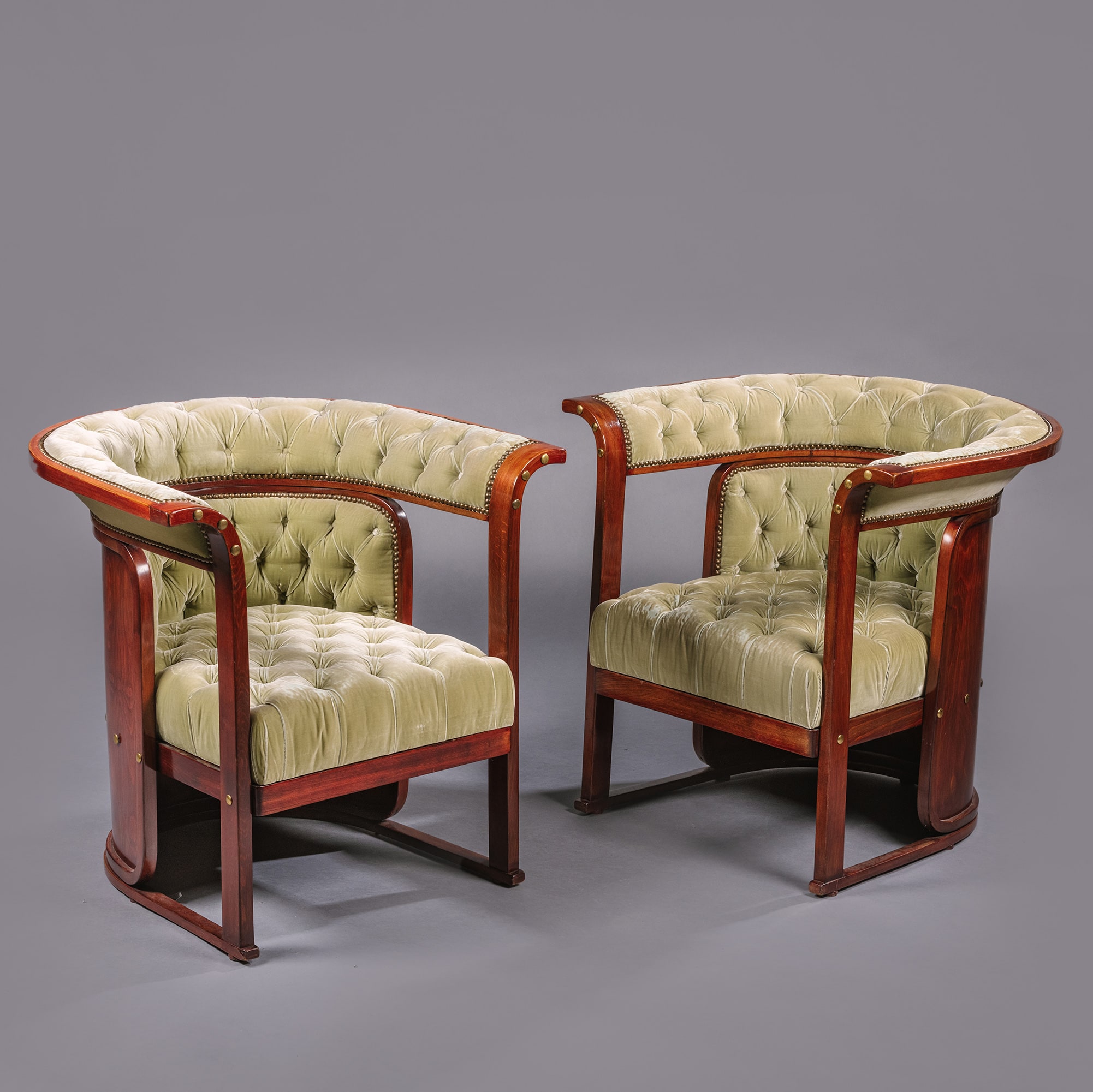
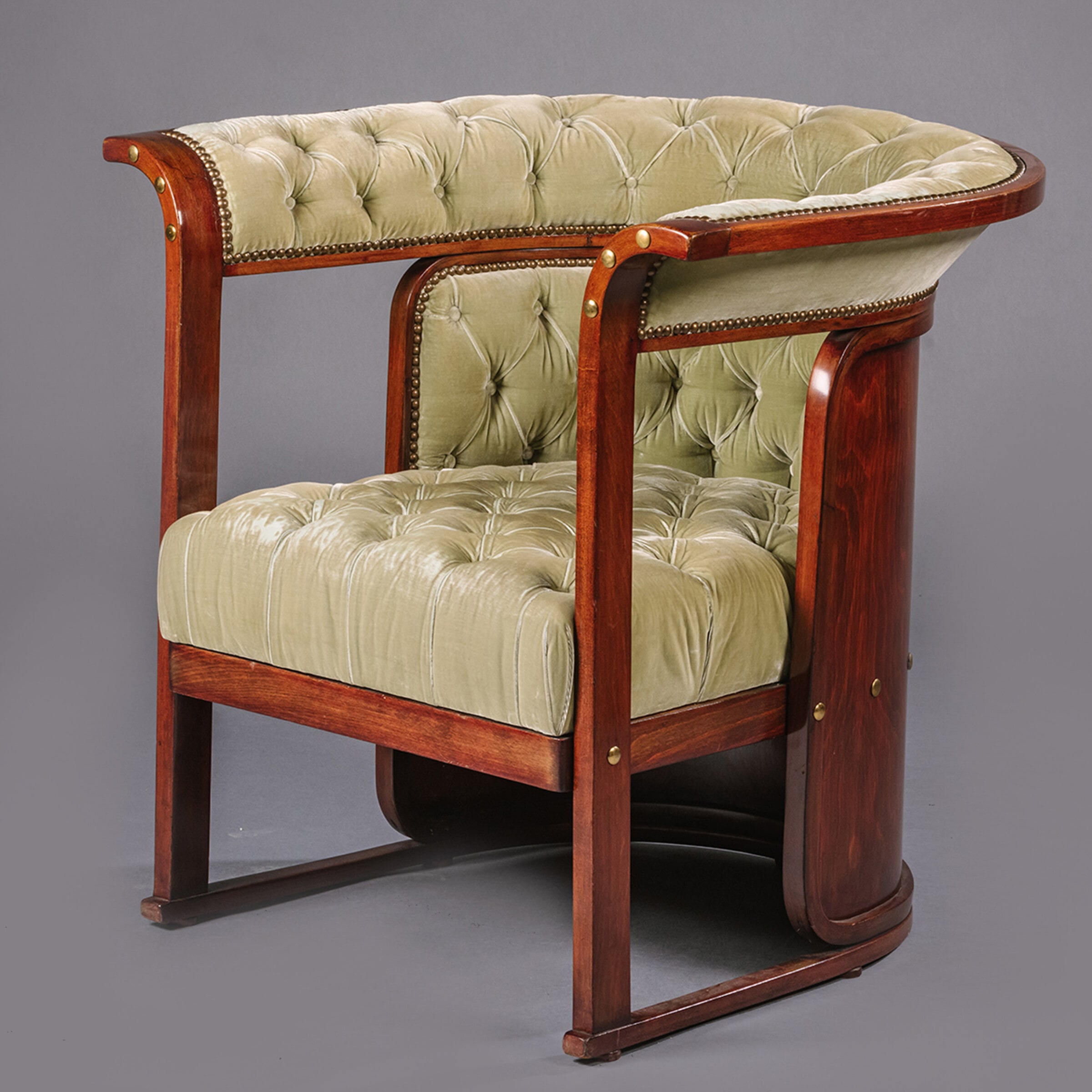
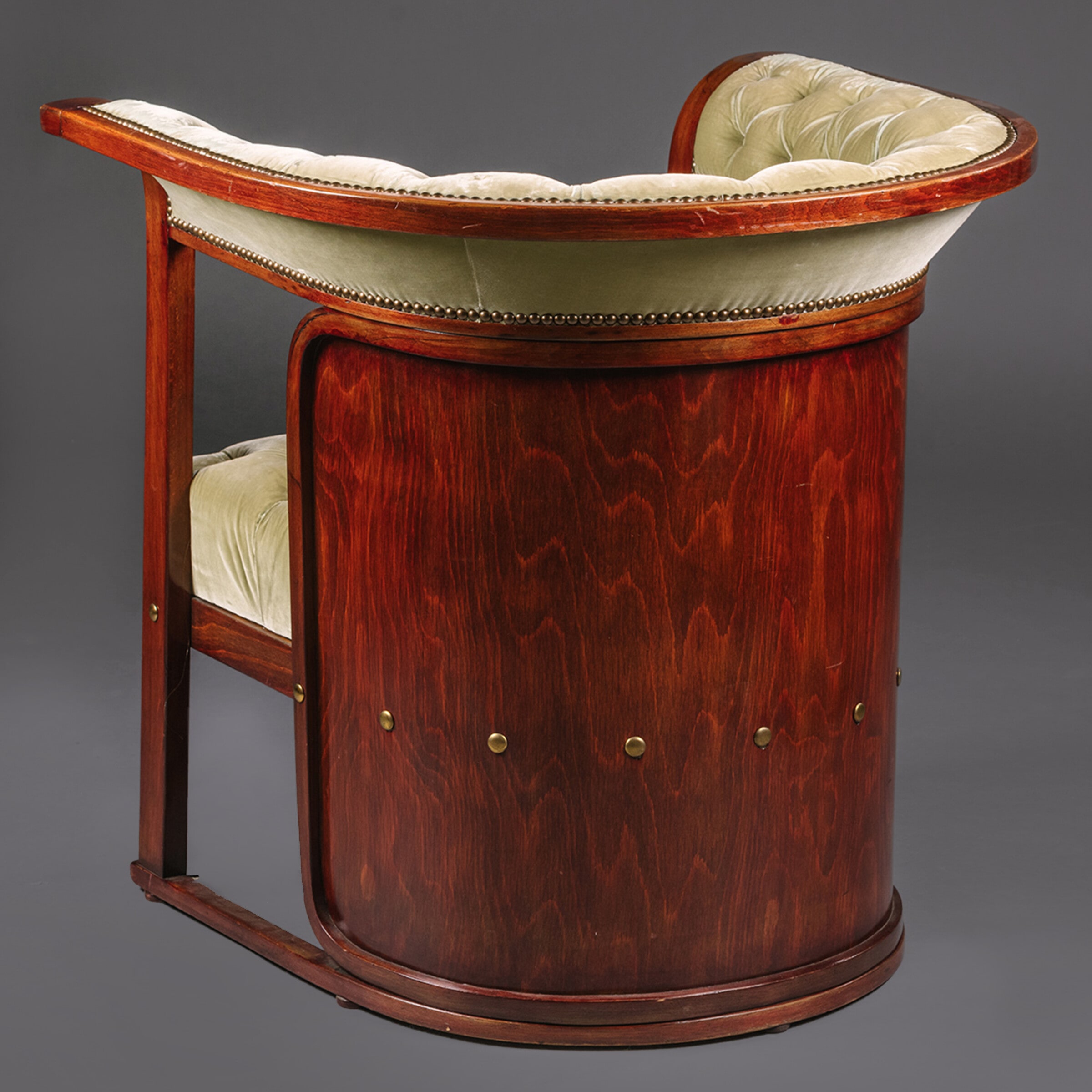
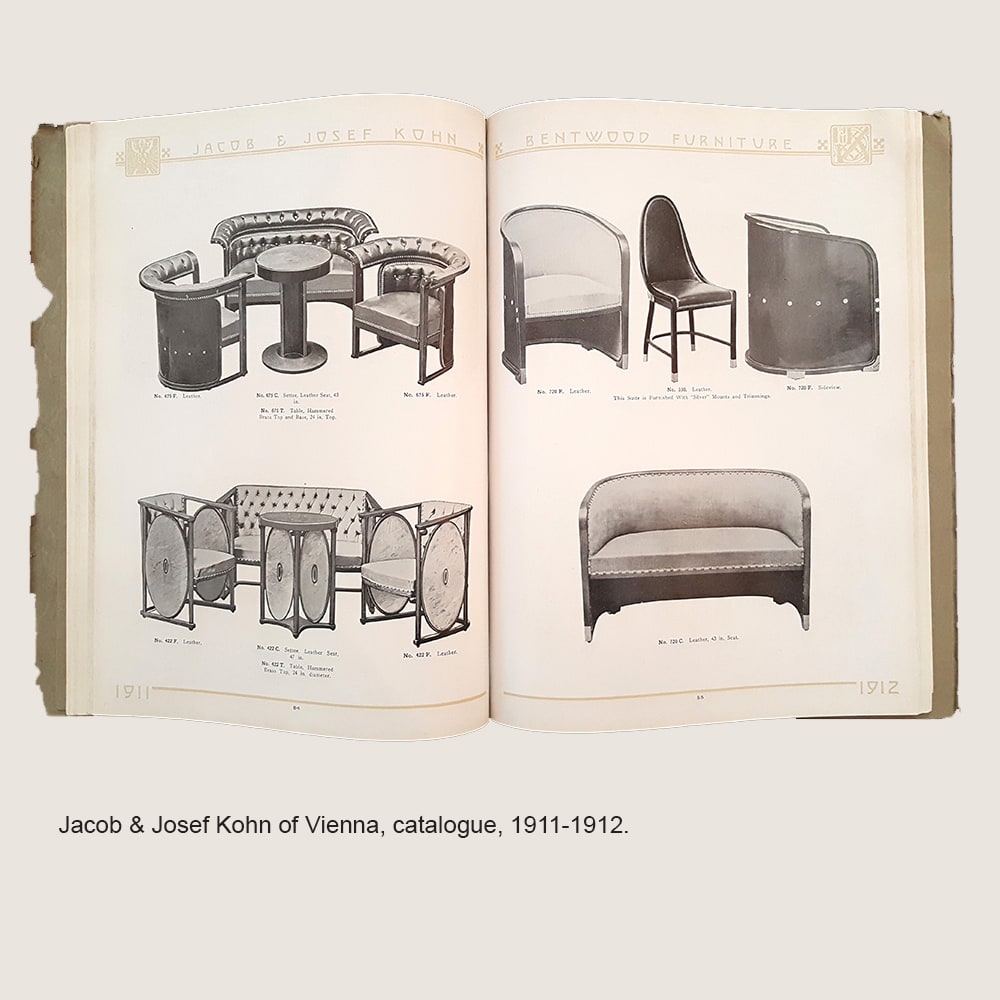
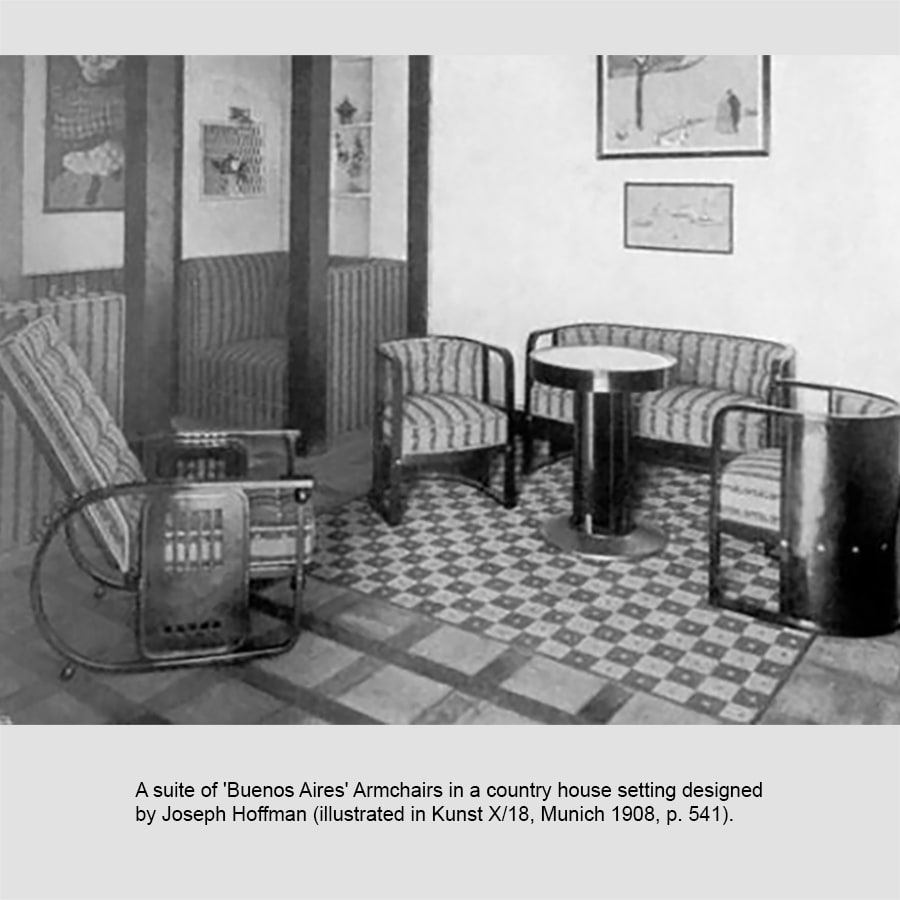

 Imprimir
Imprimir